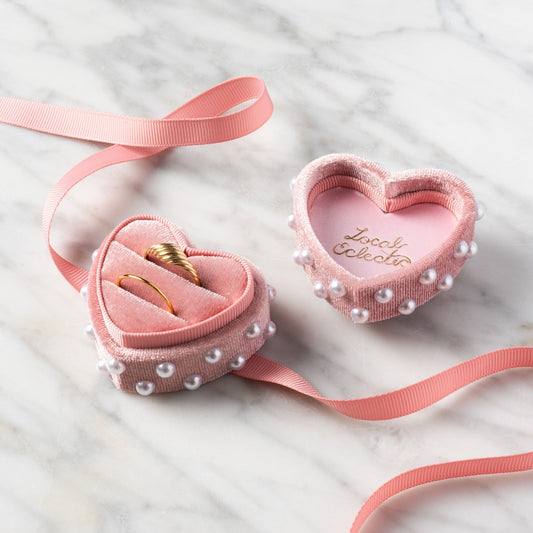"A diamond is forever." This slogan was coined by copywriter Mary Frances Gerety for De Beers over 70 years ago, in one of the world's most famous and successful marketing campaigns of all time.
To this day diamonds are the gem du jour for special occasions, milestones, and especially proposals of marriage, thanks to Gerety. Her slogan skyrocketed the popularity of diamonds for engagement rings after the great depression.
The cost per carat, or the weight of a gemstone, is based upon a stone’s rarity. The rarer the stone, the more expensive. Emeralds, rubies and sapphires are in fact more rare and far more expensive than diamonds. However, thanks to clever marketing campaigns and an insane amount of sparkle, diamonds are the number one selling precious gemstone. Nevertheless, diamonds have long been considered a valuable stone, and for good reason.
A bit of history:
The word diamond was derived from the Greek word “adamas” meaning unbreakable, untamable, indestructible. The hardest stone that has ever existed in nature, diamonds were formed several million years ago from carbon at extraordinarily high pressures. Measuring in at a ten on the Mohs Scale (an empirical gauge of the hardness of minerals) the diamond is the hardest known mineral on earth. Impressive.
The four C's:
Size doesn't matter. When shopping for diamonds, there are four factors that determine a stone's value, known as the four C's.
Color: Actually referring to the diamonds lack of color - the diamond color scale ranges from D (colorless) to Z (light yellow or brown). This scale excludes fancy colors like rare pink, blue green, yellow or red diamonds.
Cut: A skilled craftsman cuts into a raw diamond to make it a polished diamond, utilizing scientific formulas and proportions designed to optimize the reflection and refraction of light within a stone. Cut is considered the most significant factor in determining a diamond’s value as it determines diamond’s fire, brilliance and scintillation - fancy speak for sparkle.
Clarity: There are 11 potential grades from flawless to included, that determine the clarity of a diamond. A flawless stone with no visible blemishes or inclusions is extremely rare, and extraordinarily valuable. An included diamond has flaws that are visible to the naked eye.
Carat: The unit of measure that describes the weight of a diamond. One carat is the equivalent of .02 grams. The value of a diamond increases significantly with the size, however, carat weight alone does not determine the overall value of a diamond, all four C's must be considered.
Local Eclectic only sells from designers that use ethically sourced and conflict free diamonds! Be wary of jewelers selling at prices that are too good to be true, chances are they are not certified. Read more about safe diamond practice here.
Thanks for reading along! Don't forget to tag us so we can see how you're rocking that ice! #localeclectic
xo





